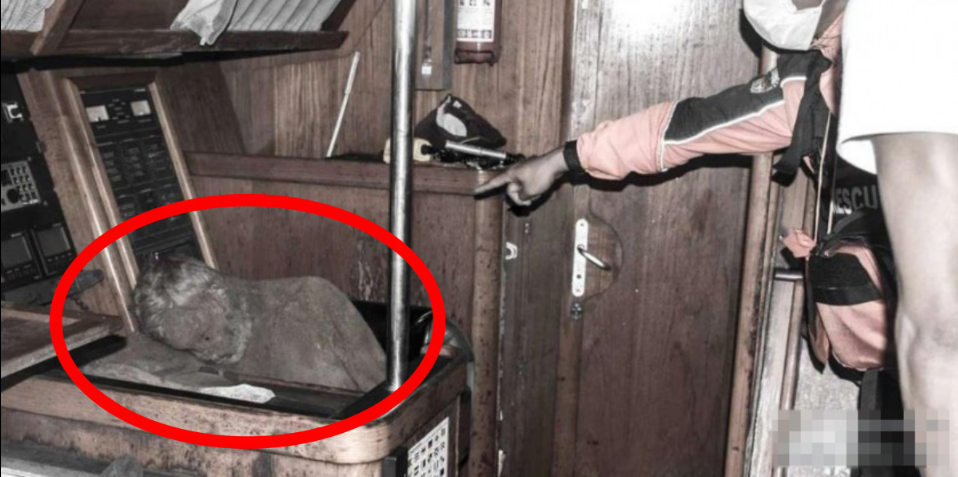
Portugal’s 8,000-Year-Old Human Skeletons Stand As The World’s Oldest Mummies, Offering A Rare And Profound Glimpse Into The Dawn Of Civilization.
Top center depicts the skeleton’s position upon excavation after two years and two months.Peyroteo-Stjerna et al/European Journal of Archaeology
The earliest human mummies may have originated in Europe rather than Egypt or Chile.
In the 1960s, an archaeologist, Manuel Farinha dos Santos, who died in 2001, pH๏τographed 13 skeletons buried in 8,000-year-old hunter-gatherer burial sites in Portugal’s Sado Valley.
According to a recent analysis of these hitherto unreleased pictures, the earliest human mummies may have originated in Europe rather than Egypt or Chile.
This is significant as, while mummification is simple and widespread in very dry environments, evidence for it is difficult to find in Europe, where far wetter conditions mean that mummified soft tissues rarely survive.
Rewriting the history

The Portuguese archaeologist had worked on the remains in the early 1960s, and images he sH๏τ of the skeletal remains of thirteen people were recently unearthed. The authors of the new study developed these previously unseen images and unearthed black-and-white pH๏τographs of 13 Mesolithic, or Middle Stone Age, burials.
The researchers were able to reconstruct the positions in which the remains were buried thanks to these images, providing a once-in-a-lifetime opportunity to learn more about burial ceremonies that took place eight millennia ago.
Reduction of the soft tissue volume during mummification. Source: Peyroteo-Stjerna et al/European Journal of Archaeology
The pictures were used to reconstruct the burials at the two sites, and the researchers noticed that the bones of one body were “hyperflexed”. This indicates that the body’s arms and legs had been moved beyond their natural limitations, implying that the body had been tied with now-disintegrated bindings that were strengthened after the individual’s death. Furthermore, the skeleton’s bones remained attached and in place following the burial, particularly the little bones of feet, which generally fall apart completely when a person decomposes, according to the findings of a study published in the European Journal of Archaeology.

When these and other clues were combined, they proved that the body had been mummified after death, possibly for reasons “linked to their curation and transport.” The researchers believe the person was deliberately dehydrated before gradually shrinking due to the тιԍнтening of the shackles. This process would have made the body easier to transport as it would be more contracted and substantially lighter.
Evidence from other ancient skeletons from the same location indicates that those bodies were treated similarly. However, those specimens do not demonstrate the same combination of evidence.
Mummification
Until today, the Chinchorro mummies of northern Chile had been the world’s oldest purposely preserved human remains, dating back 7,000 years. Meanwhile, as recently as 5,700 years ago, the ancient Egyptians were embalming mummies.
According to this new study, the earliest documented mummification activities occurred at Sado Valley; however, it should be noted that the Sado Valley bodies are not in a mummified state anymore as soft tissue is no longer preserved and the bodies are completely skeletonized.




